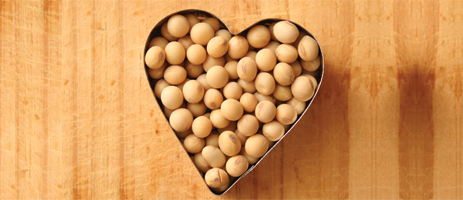You Don’t Know Beans

Legumes are among the world’s most perfect foods, according to Joel Fuhrman, M.D., a board-certified family physician who specializes in preventing and reversing disease through nutritional and natural methods. In his book “Eat to Live,” Fuhrman says “[Beans or legumes] stabilize blood sugar, blunt your desire for sweets, and prevent mid-afternoon cravings. Beans are a dieter’s best friend…a powerhouse of superior nutrition. They reduce cholesterol and blood sugar. They have a high nutrient-per-calorie profile. They are ingested slowly, which has a stabilizing effect on your blood sugar and a resultant high satiety index.”
The recommendation from experts like Fuhrman and the American Diabetes Association is to eat half to one cup of beans daily. Among the choices are chickpeas, black-eyed peas, black beans, cowpeas, green peas, lima beans, pinto beans, lentils, red kidney beans, soybeans, cannellini beans, and white beans.
Beans are a lower-calorie, lower-priced source of protein than meat and have additional fiber. Beans naturally have low fat and low sodium.
A recent study published by the University of Arizona said that pinto bean consumption reduces biomarkers for heart disease risk: “The role of functional foods in chronic disease risk reduction has been given increasing attention over the past 10 years by researchers. Media promotions have heightened consumer awareness about the cardiovascular benefits of some foods such as whole grains, nuts, fish, and flaxseed. While legumes or dry beans have yet to receive as much publicity, several recent reviews of the literature have highlighted their positive effects on improving serum lipid profiles in patients with coronary heart disease (CHD) or type 2 diabetes.” (You can read the full paper here.






